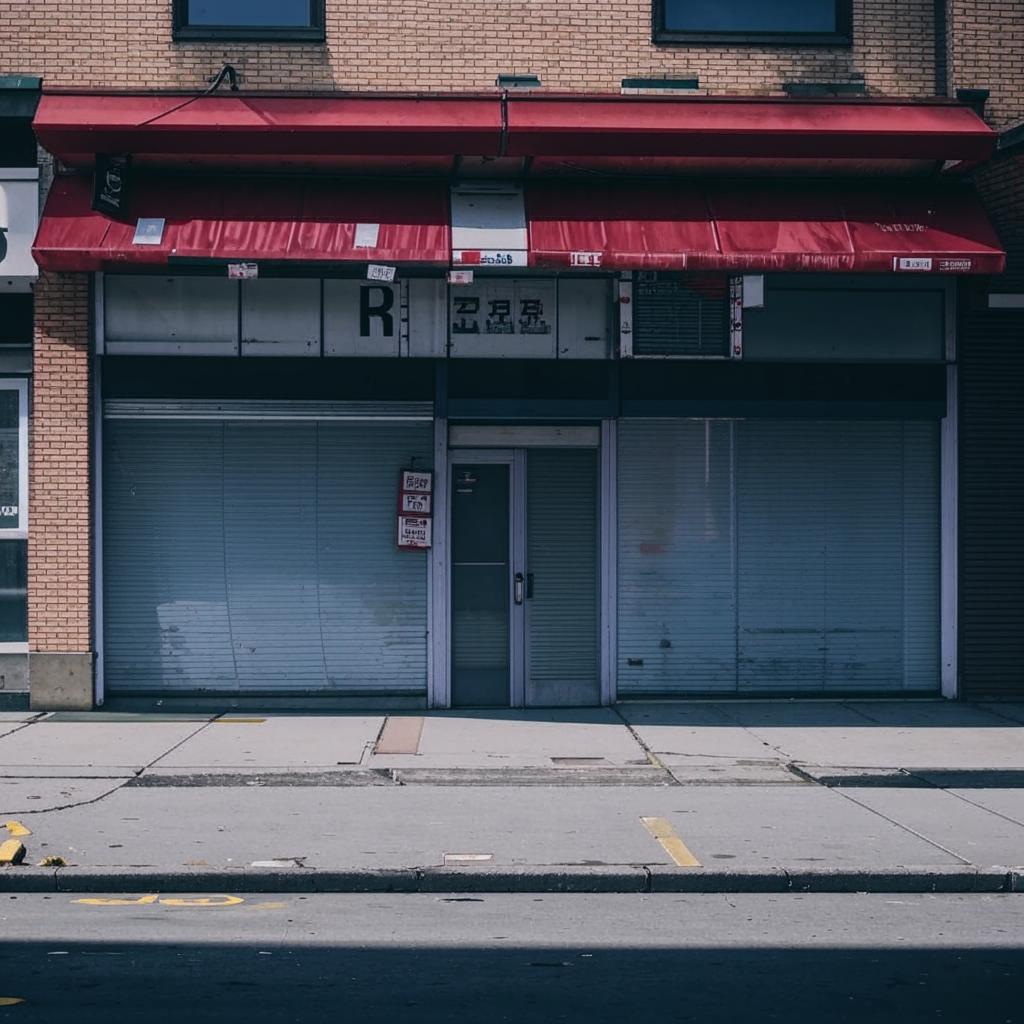Corporate bankruptcies are on the rise, signaling a shift back to pre-pandemic economic realities. The surge in filings indicates that the financial cushion provided by Covid-era stimulus measures is dissipating, exposing vulnerabilities in businesses that had been temporarily shielded.
Several factors contribute to this trend. Interest rates are increasing, making it more expensive for companies to borrow money and refinance existing debts. Inflation persists, raising operating costs and squeezing profit margins. Consumer spending, while still relatively strong, is showing signs of slowing down, adding pressure to businesses reliant on discretionary purchases. The end of government assistance programs, such as the Paycheck Protection Program (PPP), has removed a vital lifeline for many small and medium-sized enterprises.
Experts suggest that this rise in bankruptcies is not necessarily a sign of an impending economic collapse. Instead, it represents a correction after a period of artificially suppressed business failures. During the pandemic, government support and lenient lending conditions masked underlying financial weaknesses. Now, the market is reasserting itself, and companies that were already struggling are finding it increasingly difficult to stay afloat.
While the increase in bankruptcies may cause short-term pain, it could ultimately lead to a healthier and more resilient economy. Inefficient or unsustainable businesses are being weeded out, making way for more competitive and innovative firms. This process of creative destruction is a natural part of the business cycle and can drive long-term growth. Investors and analysts are closely monitoring bankruptcy trends as a gauge of economic health. Although concerns exist, many see this as a necessary step in the post-pandemic recovery.















